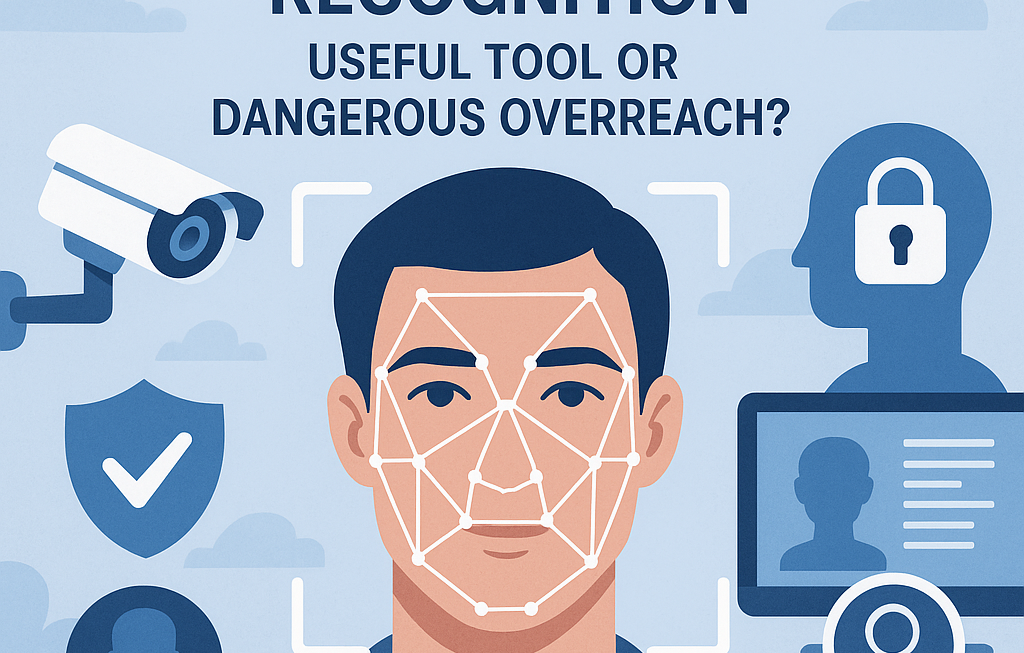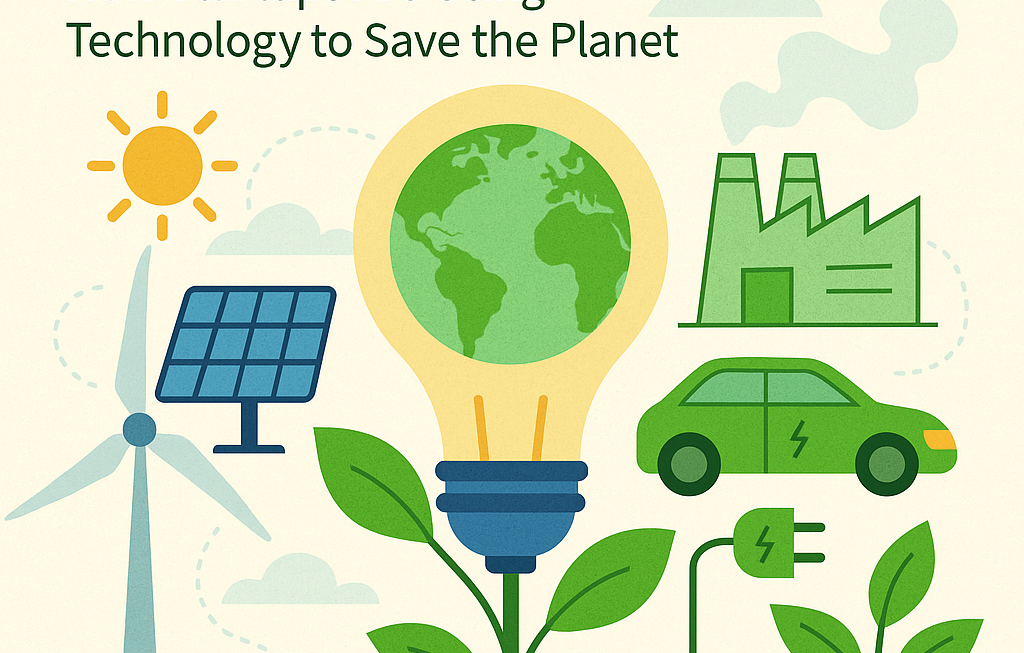Facial recognition technology is no longer science fiction. From unlocking smartphones to identifying suspects in public spaces, it has become a powerful part of modern life. But as its use grows, so do the concerns about privacy, bias, and control.
Is facial recognition a helpful innovation that improves security and convenience, or is it a step toward dangerous surveillance and loss of personal freedom? The answer isn’t simple—and that’s why the ethical debate matters now more than ever.
In this article, we explore the benefits, risks, and responsibilities that come with facial recognition technology, and why careful consideration is essential as it becomes more widespread.
What Is Facial Recognition Technology?
Facial recognition systems use artificial intelligence to identify or verify a person by analyzing their facial features. The process often involves:
- Scanning the face via camera
- Comparing it to images stored in a database
- Matching unique traits like distance between eyes or shape of the jaw
It can happen in real-time (such as in public surveillance) or for stored data (such as analyzing past video footage).
Where It’s Being Used
Facial recognition is now integrated into many aspects of daily life, including:
- 📱 Consumer technology – Face unlock on smartphones, social media photo tagging
- 🏙️ Public security – Police investigations, border control, crowd monitoring
- 🏦 Banking and access – Identity verification for apps and buildings
- 🛍️ Retail and advertising – Customer behavior tracking and targeted ads
- 🏫 Education and exams – Attendance tracking and exam monitoring
While some uses are helpful and even requested by users, others are implemented without consent or public debate.
The Benefits: Why Some Say It’s Worth It
Proponents argue that facial recognition has major upsides:
✅ Enhanced Security
Law enforcement agencies use it to find missing persons, track suspects, and prevent fraud. It can speed up investigations and reduce reliance on eyewitnesses.
✅ Convenience
People enjoy the ease of unlocking devices, passing through airports, or checking into hotels without physical IDs.
✅ Efficiency
Facial recognition can automate tasks like check-ins, attendance, or identity verification, saving time and resources.
✅ Business Innovation
Retailers use it to study shopping behavior, improve customer service, or offer personalized experiences.
These benefits demonstrate how facial recognition, when used responsibly, can offer real value.
The Concerns: Why Many Are Alarmed
Despite its advantages, facial recognition also raises serious ethical concerns:
🚨 Privacy Violations
One of the biggest worries is the lack of informed consent. People are often scanned in public without knowing or agreeing. This raises questions about who owns your face and data.
🧠 Bias and Inaccuracy
Studies have shown that facial recognition systems can be less accurate for people of color, women, and other marginalized groups. This can lead to false arrests, discrimination, or denial of services.
👁️ Mass Surveillance
Used without limits, this technology could lead to constant monitoring of citizens—turning public spaces into tools of control. This risks chilling free expression and movement.
🏛️ Lack of Regulation
Many countries have few or no rules governing the use of facial recognition. Without oversight, there’s potential for misuse by governments, police, or private companies.
Real-World Examples
- 🇨🇳 China uses facial recognition for law enforcement and social control, including monitoring public behavior and restricting movement of certain citizens.
- 🇺🇸 In the U.S., some cities like San Francisco have banned government use of facial recognition, citing civil liberties.
- 🇪🇺 The European Union is considering strict rules under its AI Act, emphasizing human rights and transparency.
These examples show the global struggle to balance innovation with ethics.
What Ethical Use Could Look Like
Facial recognition doesn’t have to be all-or-nothing. Experts suggest that it can be used ethically if it follows these principles:
- 🧾 Transparency – People must know when and how the tech is used
- ✅ Consent – Users should opt in, especially for personal data collection
- 🧠 Accountability – Clear rules about who is responsible if harm occurs
- ⚖️ Bias checks – Systems should be tested and improved for fairness
- 📉 Limited scope – Use only where clearly justified, not for blanket surveillance
Responsible development and oversight are key to avoiding abuse.
Final Thoughts
Facial recognition is a powerful tool—but like all powerful tools, it can be used for good or for harm. Its convenience and potential must be weighed carefully against the risks of abuse, error, and intrusion.
As citizens, we must stay informed. As businesses and governments adopt this technology, ethical questions should come first—not last. Regulations, transparency, and accountability will be essential to ensure that innovation serves people—not controls them.
Stay with us for more in-depth coverage of how emerging technologies affect society, and what steps we can take to build a safer, smarter, and more respectful digital future.

